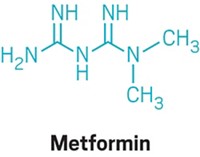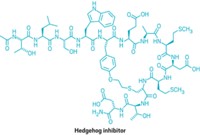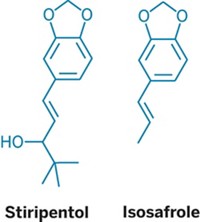Advertisement
Grab your lab coat. Let's get started
Welcome!
Welcome!
Create an account below to get 6 C&EN articles per month, receive newsletters and more - all free.
It seems this is your first time logging in online. Please enter the following information to continue.
As an ACS member you automatically get access to this site. All we need is few more details to create your reading experience.
Not you? Sign in with a different account.
Not you? Sign in with a different account.
ERROR 1
ERROR 1
ERROR 2
ERROR 2
ERROR 2
ERROR 2
ERROR 2
Password and Confirm password must match.
If you have an ACS member number, please enter it here so we can link this account to your membership. (optional)
ERROR 2
ACS values your privacy. By submitting your information, you are gaining access to C&EN and subscribing to our weekly newsletter. We use the information you provide to make your reading experience better, and we will never sell your data to third party members.
Pharmaceuticals
Multitasking Metformin
Newly discovered twist in the mechanism of the diabetes drug could lead to a cancer treatment
by Carmen Drahl
May 10, 2010
| A version of this story appeared in
Volume 88, Issue 19
The diabetes drug metformin doesn’t work the way researchers thought. That surprise might lead to new opportunities for the widely used medication in treating cancer. Metformin has been in use since the 1950s to treat type 2 diabetes by suppressing glucose production and increasing the body’s sensitivity to the effects of insulin. The drug was thought to work by switching on a kinase, which then activates a protein complex. That complex was believed to ultimately shut down another kinase known as mammalian target of rapamycin (mTOR), which plays a central role in regulating cell growth and metabolism. But the University of Cincinnati’s George Thomas and colleagues found otherwise. In cells from fruit flies and mice, they noticed that metformin blocks mTOR even when the upstream kinase and protein complex are absent (Cell Metab. 2010, 11, 390). Their work suggests metformin disables mTOR via GTP hydrolases instead. The researchers believe metformin could be an alternative to cancer drugs such as rapamycin, which also blocks mTOR but interferes with glucose control when used long-term.






Join the conversation
Contact the reporter
Submit a Letter to the Editor for publication
Engage with us on Twitter